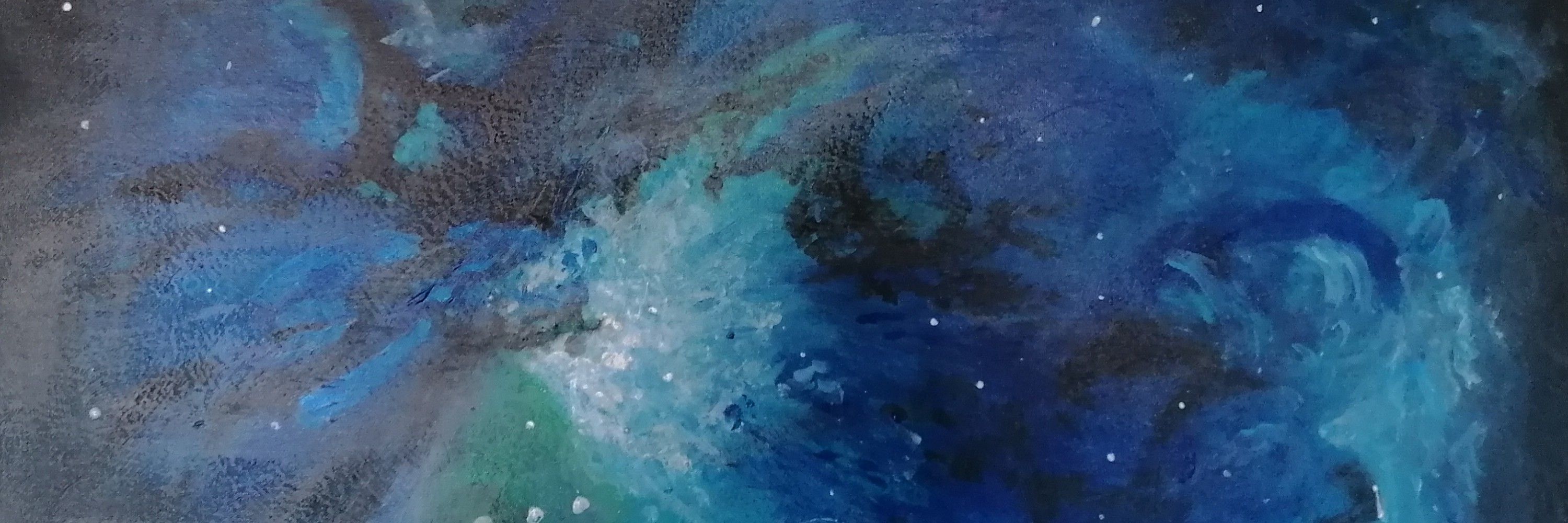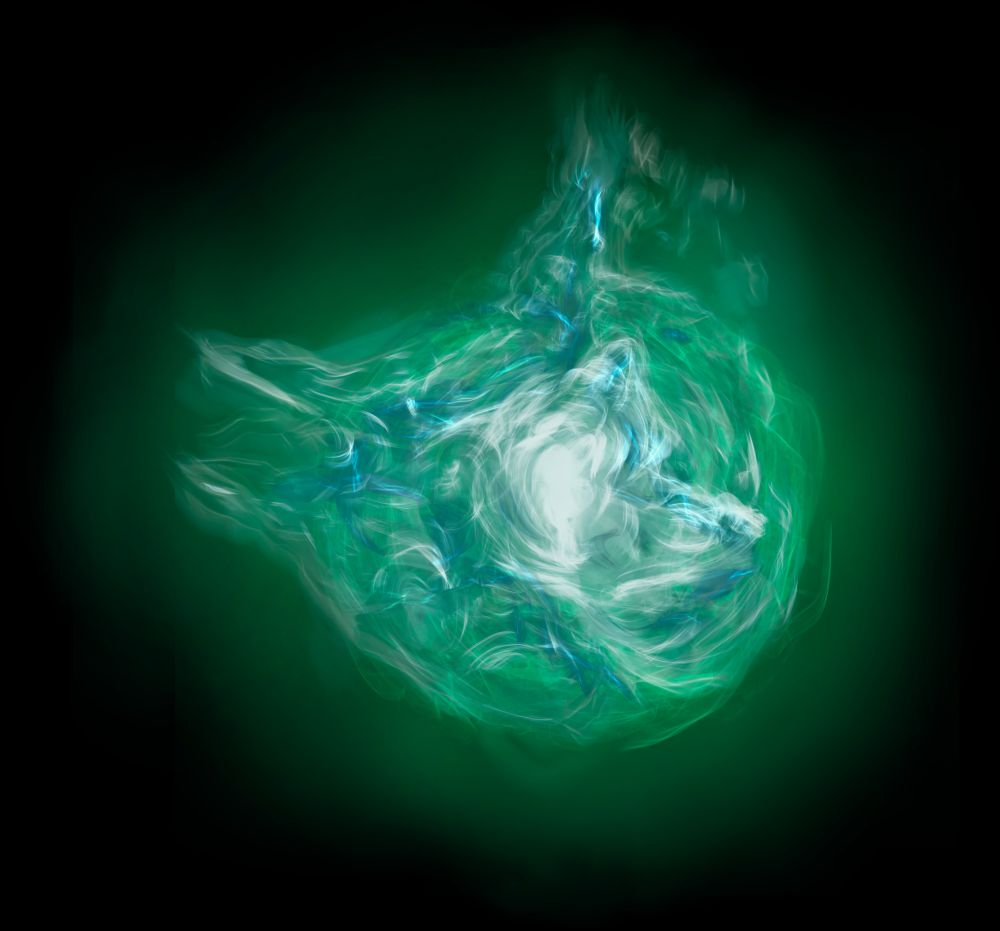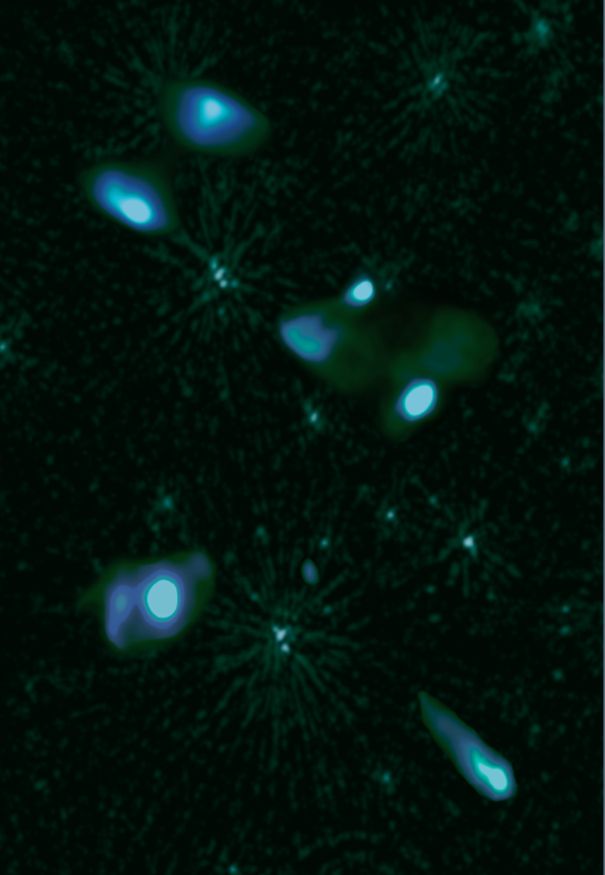
Instagram: @Fashionableastronomy

Here is a timelapse (condensed into 30s) of my artwork from the software I use, Procreate (on ipad). #sciart
Here is a timelapse (condensed into 30s) of my artwork from the software I use, Procreate (on ipad). #sciart

Congratulations, Dr. Groeneveld!
Congratulations, Dr. Groeneveld!





